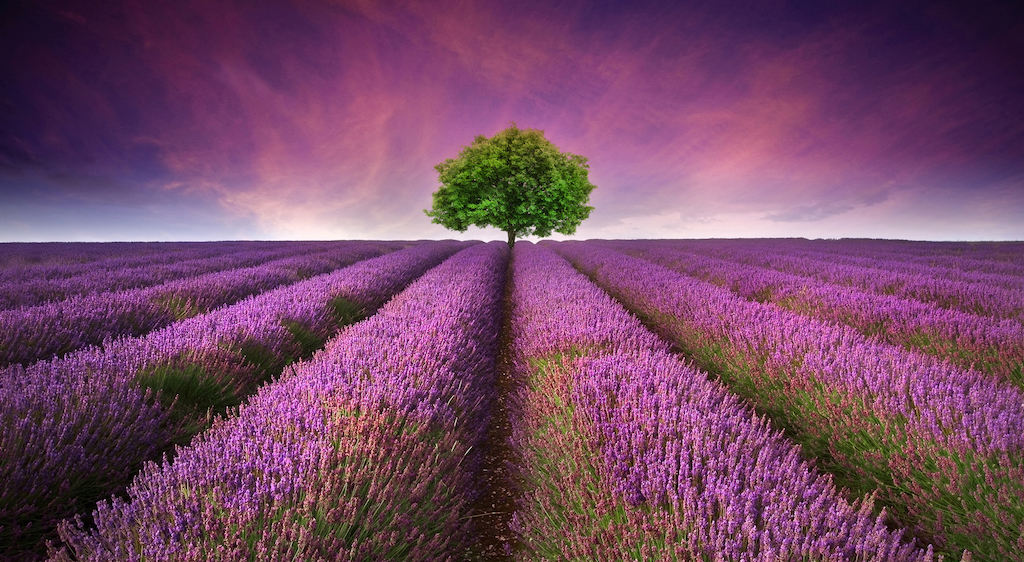Mindfulness, as defined by Wikipedia, is “the intentional, accepting and non-judgmental focus of one’s attention on the emotions, thoughts and sensations occurring in the present moment”. But for me, mindfulness can be understood at a couple of different levels.
At one level of understanding, as described above, mindfulness is simply the opposite of unconsciousness. We can be mindful of our environment, thoughts, feeling, and behavior, or unconscious of them, operating on automatic out of whatever habitual thinking we have developed over the years. This kind of mindless behavior is acted out daily in the conflicts we experience in both our personal lives and on the global stage.
By becoming more conscious – intentionally focusing our attention on our inner and outer worlds in an accepting, non-judgmental manner – we regain the ability to choose our behaviors as we live more into the space between stimulus and response. This kind of willful, intentional practice has been shown to have a positive impact on stress levels, relationships, and creative problem solving.
But at a deeper level of understanding, “mindfulness” is a description of a naturally occurring state of mental clarity and well-being that is also sometimes called “flow”, “peace of mind”, or “well-being”.
Most people observe that in their moments of greatest peace and flow, “they” are largely absent and experience is present without any real sense of a separate experiencer. Colors become richer, sounds clearer, and in this heightened state of awareness, every sensation carries with it a kind of visceral thrill.
At first glance, “mindful” seems an odd description of this state of mind, as we experience it most often when our mind is at its most empty. But when our heads aren’t filled up with a lot of personal thinking, a deeper energy and intelligence comes through, filling up the quiet space inside us with love, wisdom, and grace.
As the mystic poet Rumi wrote:
Thinking gives off smoke to prove the existence of fire. A mystic sits inside the burning. There are wonderful shapes in rising smoke that imagination loves to watch. But it’s a mistake to leave the fire for that filmy sight. Stay here at the flame’s core.
This deeper energy and intelligence – the flame’s core – is sometimes called “mind”, or “divine mind”, or simply “Mind with a capital ‘M’”. And it is in this last description that we discover a whole new way of thinking about mindfulness. To be truly mindful is to be filled with Mind – and to be filled with Mind is to live in the energy of life, the feeling of love, the wisdom of the ages, and the mystery of the divine.
With all my love,
![]()






